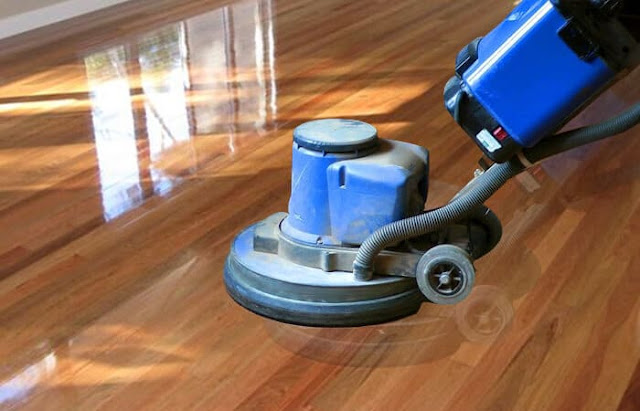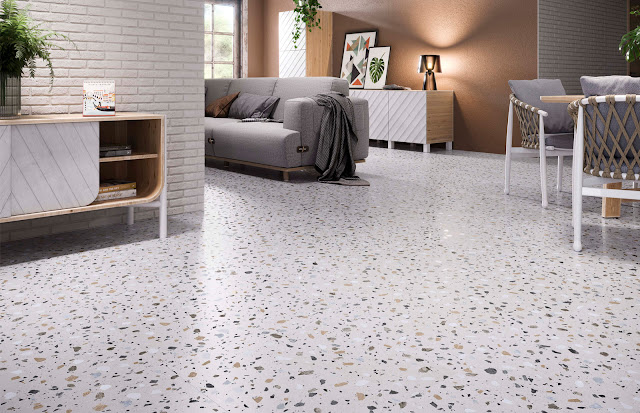The Ultimate Guide to Floor Polishing and Sanding: Tips and Techniques for a Perfect Finish
Floor polishing and sanding are essential processes that can help keep your floors looking great and in top condition. They help to remove dirt, stains, scratches, and other imperfections, giving your floors a smooth and shiny finish. In this ultimate guide, we'll take a look at some tips and techniques for achieving a perfect finish with floor polishing and sanding.
Understand Your Floor Type
Before starting any floor sanding or polishing job, it's essential to understand the type of floor you're working on. Different floor types require different techniques, tools, and products. For instance, hardwood floors require a different approach than concrete or tile floors. Knowing your floor type will help you determine the right method for sanding or polishing.
Prepare Your Floor
Preparing your floor is the first step towards achieving a perfect finish. Before sanding or polishing, remove any furniture, rugs, or debris from the floor. Then, clean the floor thoroughly to remove dirt, dust, and other particles that can interfere with the sanding or polishing process. A clean and clear floor ensures a smooth and consistent finish.
Choose the Right Sandpaper
Choosing the right sandpaper is crucial for achieving a smooth finish. Sandpaper comes in different grades, from coarse to fine, and selecting the right grade for your floor type can make all the difference. Coarse sandpaper is ideal for removing deep scratches and stains, while finer sandpaper is suitable for a smooth and even finish.
Sand in the Right Direction
When sanding your floor, it's essential to sand in the right direction. For hardwood floors, sand along the grain to prevent scratches and unevenness. For other floor types, sand in the direction of the floorboards or tiles. Sanding in the right direction ensures a consistent and even finish.
Use the Right Polishing Pads
Using the right polishing pads is crucial for achieving a perfect finish. Polishing pads come in different types, such as diamond, resin, and abrasive, and selecting the right type for your floor type can make all the difference. Diamond pads are ideal for concrete floors, while resin pads are suitable for marble and other natural stone floors.
Polish in the Right Direction
When polishing your floor, it's essential to polish in the right direction. For hardwood floors, polish along the grain to achieve a smooth and even finish. For other floor types, polish in the direction of the floorboards or tiles. Polishing in the right direction ensures a consistent and shiny finish.
Apply the Right Floor Finish
Applying the right floor finish is essential for protecting your floor from wear and tear. Floor finishes come in different types, such as oil-based, water-based, and polyurethane, and selecting the right type for your floor type can make all the difference. Oil-based finishes are ideal for hardwood floors, while polyurethane finishes are suitable for concrete and other floor types.
In conclusion, floor polishing and sanding are essential processes that can help keep your floors looking great and in top condition. Understanding your floor type, preparing your floor, choosing the right sandpaper and polishing pads, sanding and polishing in the right direction, and applying the right floor finish are some of the tips and techniques for achieving a perfect finish. By following these tips and techniques, you can maintain your floors' beauty and durability for years to come.



Comments
Post a Comment